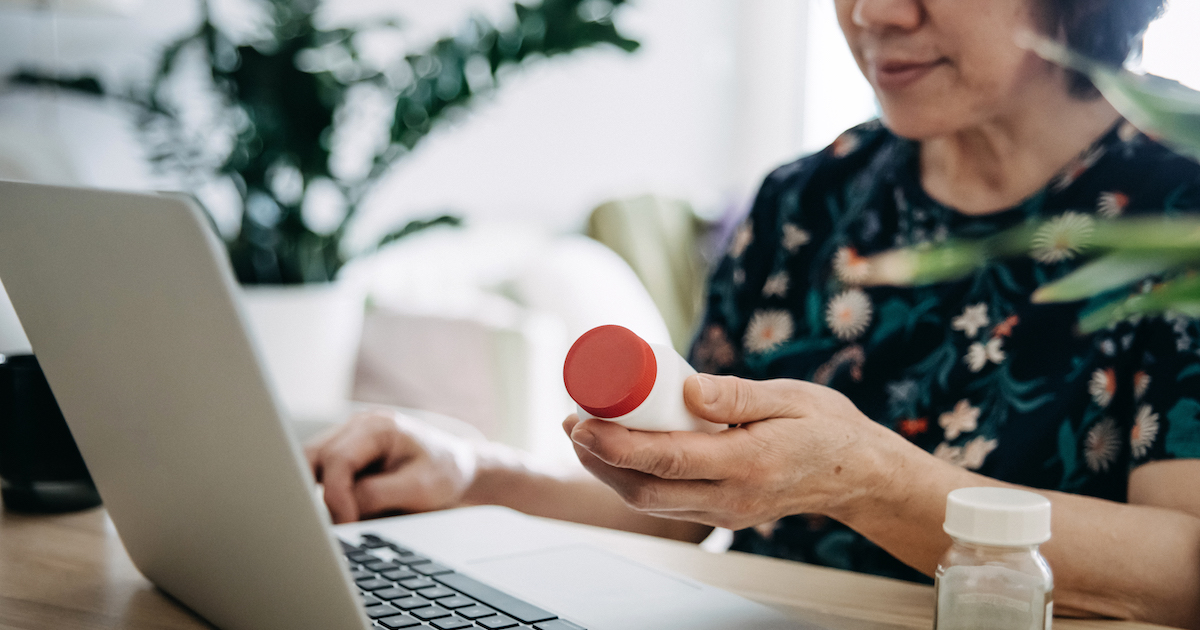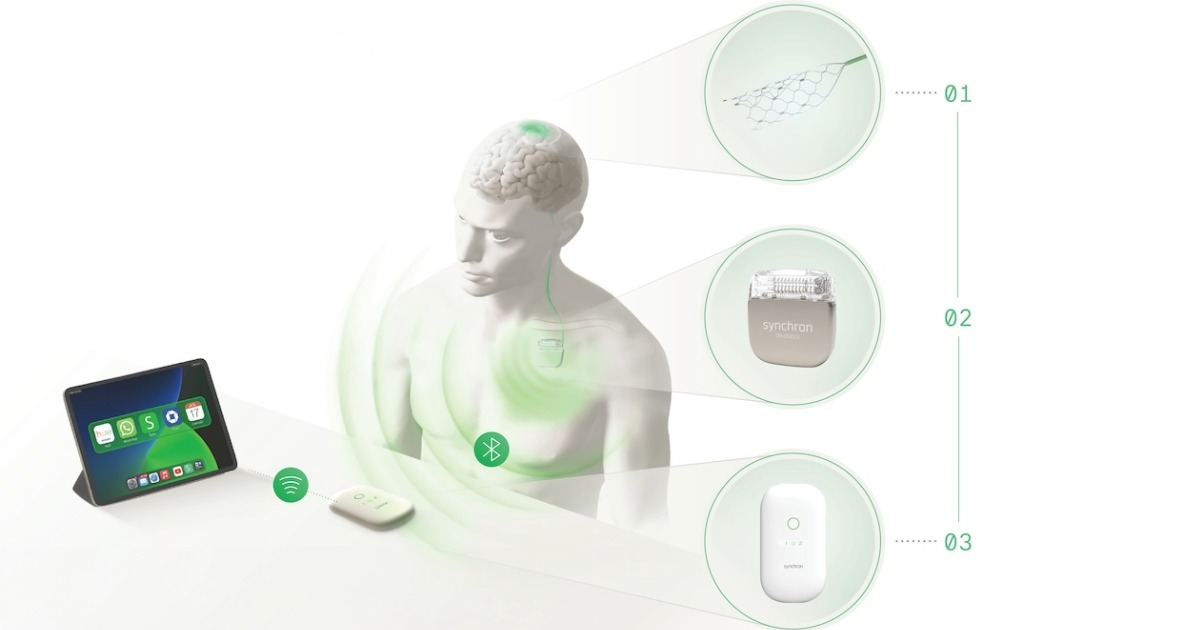(Editor's Note: With the American Telemedicine Association's 2014 Conference and Exhibition taking place May 18-20 at the Baltimore Convention Center, John Bojanowski of Honeywell HomMed takes a look at the evolution of telehealth)
There’s a quote I often like to refer to when I talk about the current health IT industry: “An army of invaders may be resisted, but not an idea whose time has come.”
At Honeywell HomMed, our emphasis has always been on remote patient monitoring (RPM) or what’s commonly known as telehealth, so we’ve had a front row seat for many of the recent changes that have occurred across the health IT industry. And from that vantage point, it's clear we are rapidly shifting into a new delivery system for healthcare – an era of patient empowerment.
While that perhaps seems a Utopian idea, the stage is definitively set. The era of patient empowerment will be defined by patients who have the tools they need to better manage their own health and navigate the care continuum.
And running concurrent to patient empowerment is its reciprocal goal from the healthcare provider side: population health management.
In other words, if we give patients the tools they need to engage fully in their own healthcare – thereby empowering them – we can simultaneously give healthcare providers the tools they need to more effectively interact with larger patient populations and enact real change in the long-term health of a much broader patient population.
Why is this “an idea whose time has come?” There are several factors that have combined to create the perfect storm: 1) mobile technology has evolved dramatically; 2) patients and healthcare providers have been able to harness that advancing technology for mutually beneficial use in the healthcare space; and 3) federal mandates have opened the doorway to a new emphasis on technology-based solutions in healthcare.
The evolution of technology in healthcare
We have all witnessed the explosion of consumer-oriented, personal technology in the past several years. The Internet quickly moved from personal computers to personal smartphones. Technology like the iPod and Kindle that allowed end-users to customize and organize their music and reading was quickly followed by a new world of personalized apps, which allowed for everything from tracking calories to online money transfers on a wide range of new devices and sharing of information through social media channels.
All of which led to a vast reduction in paper-related activities: Everything from books to banking statements were served up electronically, allowing for more convenient movement and storage of personal information flow across the various aspects of life – with the very obvious exception of the healthcare industry.
This was soon followed by a Eureka moment for patients: As they looked at the banking industry, with its secure data transfer requirements, it naturally begged the question, “Why can’t I have an app for managing my healthcare information on my computer, tablet or phone?”
In fact, a recent study from Mavosky Health/Kelton found that not only are patients now using their existing smartphone and tablet devices more often for health related activities – up from 10 percent of users a few years ago to more than 30 percent today – they are also willing to invest in personal health-related devices: 81 percent of patients said they would use a wearable health device to better manage their health.
Underscoring standard economic theory, technology companies attuned to the desires of empowered consumers are providing a steady flow of devices and mobile healthcare apps (more than 50,000 are currently available via the Apple app store) in response to consumer demand.
So now patients who know they are in a higher-risk group for developing a chronic illness such as Type II Diabetes, for example, have access to myriad solutions, devices and apps to help them do everything from measure their blood glucose levels to manage their diet to track carbohydrates – none of which they need a prescription to access. For patients, this is the foundation of empowerment.
For healthcare providers and the healthcare industry, the road to a technology-driven care continuum has been much more complicated. Even though physicians quickly became one of the biggest professional user groups for iPads and tablets, the prospect of converting the primarily-paper foundation of the healthcare industry – from patient files to prescription notepads – to an electronic format was a Herculean task.
Enter the Affordable Care Act. For better or worse, the impetus to move from paper files to electronic health records (EHRs) had monetary implications tied to it, along with the monumental shift of fee-for-service (FFS) care – where healthcare providers are paid based on volume of services – to fee-for-value (FFV) care.
But what healthcare providers were quick to realize was that the best way to address requirements around FFV care was movement toward population health management – i.e. preventing people from going to the hospital in the first place by proactively impacting the long-term health of high-risk populations.
According to industry analysts, achieving population health management is a long-term strategy that depends on the success of large-scale initiatives, just a few of which include:
- Employing information-powered clinical decision-making through the use of extensive patient data acquisition, an integrated data network and the merging of data analytics with clinical care;
- Facilitating a primary care-led clinical workforce by elevating the role of the patient’s primary care physician and using technology to extend the reach of patient care providers; and
- Amplifying patient engagement through the exchange of more comprehensive health information between patients and PCPs
At the intersection of the two sets of needs discussed above – the patient who is concerned about Type II Diabetes and is seeking to manage it on his or her own (patient empowerment) and the PCP who wants to impact the long-term health of his or her patients to avoid Type II Diabetes (population health management) – is a common goal.
And that is a goal obtained through technology that allows them to merge, to connect all the pieces of information they want to exchange with one another. By way of an example, the PCP wants to provide her high-risk patients with access to daily medical oversight and the right educational content to address specific patient diagnosis needs. The patient wants his or her PCP to have access to her daily weight, blood glucose levels and diet, while also communicating the results of his or her genetic testing and daily tracking of her FitBit activity monitoring device. All of which is contained in one patient record.
All of which are enabled – in one form or another – by better use of technology.
An idea whose time has come: Telehealth
For the last two decades, telehealth has been a quietly unassuming product solution, primarily driven by home health agencies that needed to maintain medical oversight for patients who wanted to recover in their homes, as opposed to a hospital or outpatient facility. This technology was used by a very fragile population of people who were very often homebound.
But as hospital executives and administrators began to look for ways to shift away from FFS medicine and toward population health management, many have realized the very natural solution was telehealth, which allowed doctors and other providers to monitor patients remotely via various devices, computers and related digital technology.
Based on this new emphasis on telehealth and RPM, it's an industry now poised for serious growth. In fact, a new report from information and analytics firm IHS says revenue expansion of the teleheath space will grow to $5.8 billion by 2018 in the United States – up from just $240 million this year.
Roeen Roashan, an IHS analyst for consumer medical devices and digital health, noted how telehealth is perfectly poised to help healthcare providers cut costs while also increasing quality of patient care: “Telehealth is about increasing the quality of healthcare in an efficient way: it is proven to decrease readmission rates significantly, while increasing the patient’s experience of quality by keeping the patient at home.”
If we shift our focus back to the patient who was holding their Smart phone and wondering why they can’t have an app to manage their healthcare and the physician who wants to send education to her patient through her Smartphone, we get a longer-term view of the direction in which the healthcare IT industry – and specifically telehealth – will continue to move.
And as it has in the past, telehealth technology will be used to bring the worlds of patients and their healthcare providers together: To allow an expanded set of information to flow into the patient health record, entirely managed by the patient, better informing the physician, and ensuring that physicians and hospitals are focusing care on those who need it most.
And that is an idea whose time has come.
John Bojanowski is president of Honeywell HomMed, part of the $17 billion Honeywell Automation and Control Systems Group. A 20-year veteran of the healthcare industry, he has previously served management roles at NIT Surgical, Motus Medical and Scandius BioMedical.


